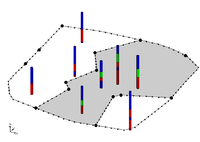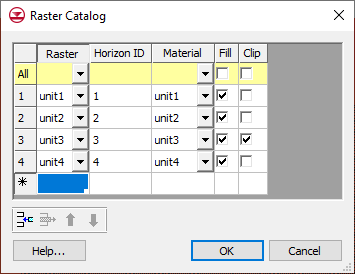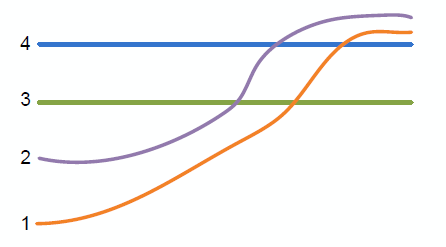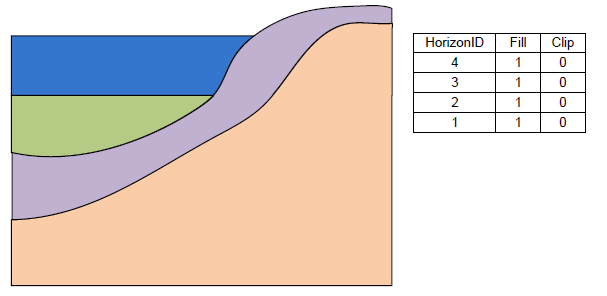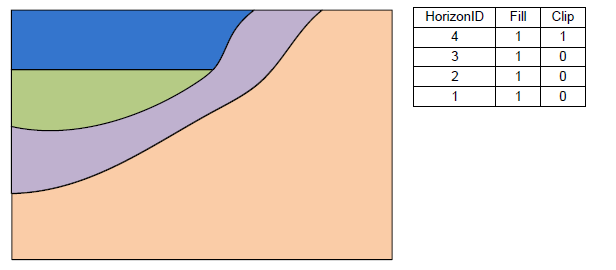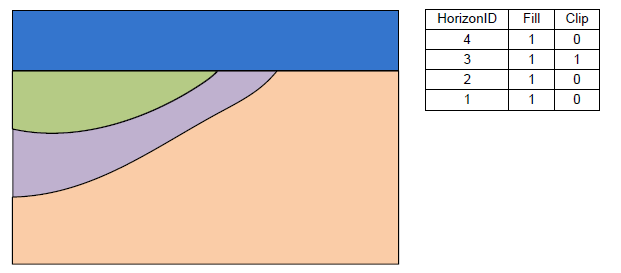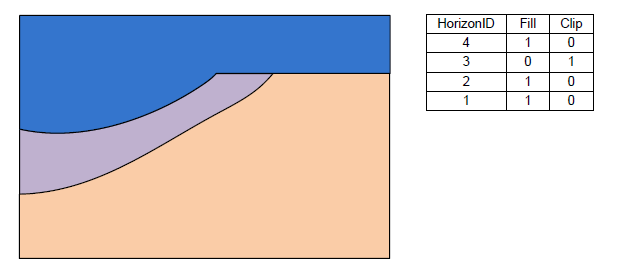GMS:Raster Catalog: Difference between revisions
From XMS Wiki
Jump to navigationJump to search
No edit summary |
No edit summary |
||
| (25 intermediate revisions by 3 users not shown) | |||
| Line 1: | Line 1: | ||
{{GIS links}} | |||
{{Horizons Links}} | {{Horizons Links}} | ||
A raster catalog is an attribute table that references [[GMS:Rasters|rasters]] that are currently loaded into the GMS project. Raster catalogs are used for interpolation and to create solids from horizons. | A raster catalog is an attribute table that references [[GMS:Rasters|rasters]] that are currently loaded into the GMS project. Raster catalogs are used for interpolation and to create solids from horizons. | ||
== | ==Create a Raster Catalog== | ||
To create a raster catalog simply select | To create a raster catalog, simply select the desired rasters in the Project Explorer, right-click and select the '''New Raster Catalog''' command. A new "[[File:Scalar Dataset Active.svg|15 px]] Raster Catalog" item will then appear in the Project Explorer. | ||
The figure below shows a sample of the ''Raster Catalog'' dialog. | |||
:[[File:raster_catalog_table.png|thumb|none|380 px|Example of the ''Raster Catalog'' dialog.]] | |||
In the first column of the table selects the raster. Then enter a ''Horizon ID'' and the associated material. There are two additional fields: ''Fill'' and ''Clip''. If the ''Fill'' field is turned on then the raster will be used in the interpolation process for the associated horizon. If the ''Clip'' field is turned on then any horizon surface with a horizon ID less than the associated horizon ID will be clipped to this surface. The following images show examples of the effect of the ''Clip'' field. | |||
:[[File:raster_catalog4.png|none|frame|Raster surfaces.]] | |||
The above figure shows a slice through raster surfaces that have been indexed with horizon IDs. Below we see the resulting stratigraphy if the ''Clip'' field is off (zero) for each raster. | |||
:[[File:raster_catalog3.png|none|frame|Stratigraphy with the Clip field turned off.]] | |||
The next two examples show how the stratigraphy changes when the ''Clip'' field is turned on. | |||
[[ | :[[File:raster_catalog1.png |none|frame |Stratigraphy with the Clip field on for horizon 4.]] | ||
:[[File:raster_catalog2.png |none|frame |Stratigraphy with the Clip field on for horizon 3.]] | |||
The final example shows a case where the ''Fill'' field is off and the ''Clip'' field is on. | |||
:[[File:raster_catalog5.png |none|frame |Stratigraphy with the Fill-off and Clip-on for horizon 3.]] | |||
==Horizons → Solids== | |||
Raster catalogs are used to create solids using the [[GMS:Horizons to Solids|horizons to solids]] method. Each raster represents the top of a horizon. Right-click on the raster catalog in the Project Explorer and select the '''Horizons→Solids''' command to start the [[GMS:Horizons Wizard|''Horizons to Solids'']] wizard. | |||
[[ | ==Interpolation== | ||
A raster catalog can be interpolated to other GMS objects (TINs, meshes etc) by right-clicking on the raster catalog and selecting the desired [[GMS:Interpolation Commands|interpolation command]]. Unlike interpolating from multiple selected rasters, when interpolating from a raster catalog, only one dataset will be created. | |||
{{Navbox GMS}} | |||
[[ | [[Category:GIS]] | ||
[[Category:Horizons]] | |||
[[Category:Raster|Catelog]] | |||
